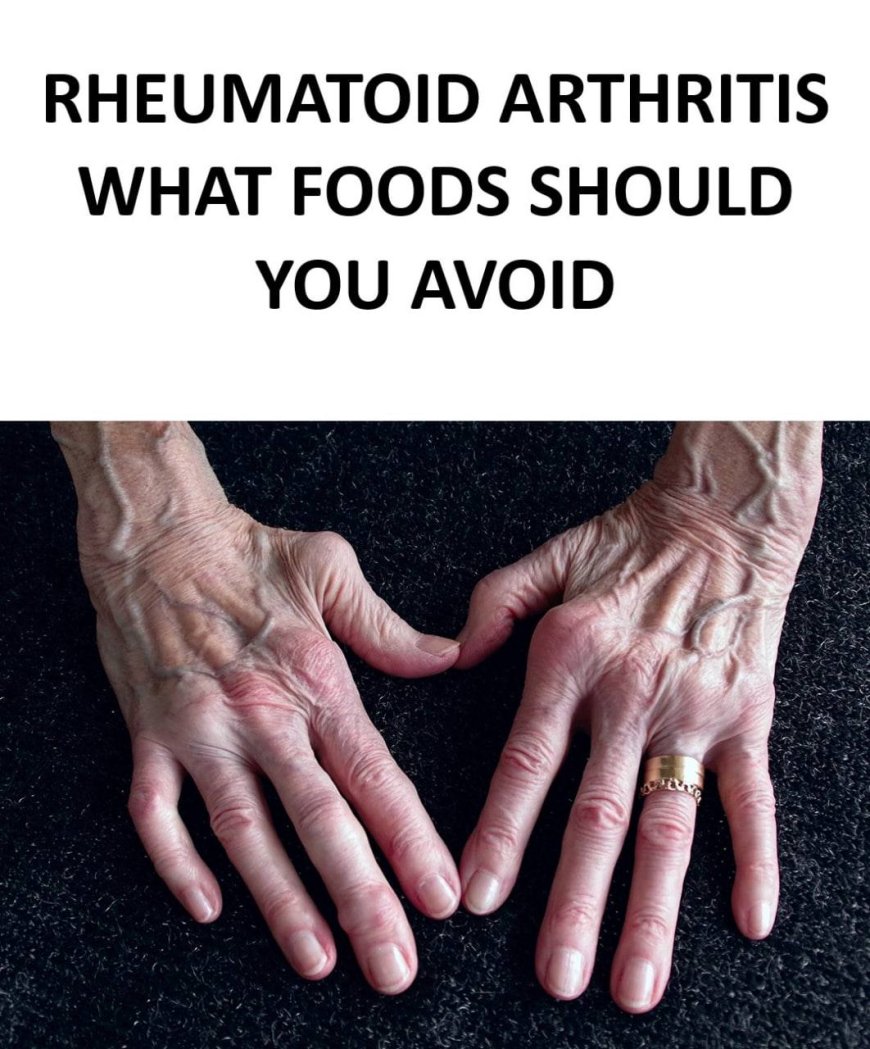What’s it like living with rheumatoid arthritis? The challenges you face
Living with rheumatoid arthritis (RA) is a daily challenge that goes far beyond joint pain. It is a chronic, autoimmune condition in which the body’s immune system mistakenly attacks its own tissues, leading to inflammation, stiffness, swelling, and fatigue. Over time, these symptoms can affect not only mobility but also emotional well-being, independence, and overall quality of life.
1.
What’s it like living with rheumatoid arthritis? The challenges you face
Rheumatoid arthritis is a rheumatic, inflammatory, and autoimmune disease that causes pain, swelling, stiffness, and loss of joint function. The course of the disease depends on the timeliness of diagnosis, and in most cases it is chronic, meaning it lasts a lifetime, partly because there is currently no cure.
Living with rheumatoid arthritis means dealing daily with a chronic, autoimmune inflammatory disease that primarily affects the joints. This condition is more common among women (a 3-4:1 female-to-male ratio) between the ages of 40 and 60. Unfortunately, rheumatoid arthritis can develop at any time in life, even in childhood.
Living with rheumatoid arthritis
Life expectancy with rheumatoid arthritis
It can cause disability
Physical exercise
The diet
Famous people with rheumatoid arthritis
Life expectancy with rheumatoid arthritis
Life with rheumatoid arthritis isn’t easy. It’s a silent companion that can accompany you throughout your life, sometimes significantly complicating it. There is good news, however. Life expectancy for this disease has improved because the mortality rate has dropped significantly over the last decade, despite it still being associated with premature death due to complications that can arise, especially cardiovascular ones. This is thanks to new therapies and treatment regimens, which allow for early diagnosis and prompt treatment.
Rheumatoid arthritis is the most severe of the osteoarticular diseases , causing structural damage to the joints and bones. What’s the main problem? The inflammation isn’t always localized and can spread to blood vessels , muscles, lungs, kidneys, heart, central and peripheral nervous systems, vision, and the blood-forming system. Consequently, people don’t die from rheumatoid arthritis , but from all the complications that may arise during the disease. And then there’s a rapidly evolving, much more aggressive form, which worsens patients’ quality of life.
It can cause disability
Rheumatoid arthritis can cause disability because it causes deformity and pain, which can even lead to loss of joint function. It can become a major obstacle to daily life. How? Brushing your hair or buttoning your shirt can become extremely difficult, as can carrying out your job, especially if it involves using your hands (from surgeons to tailors), or taking care of your home. In Italy, approximately 25% of patients are unable to enjoy their free time due to the disease and experience difficulties at work, and 4% are completely disabled.
Early rheumatoid arthritis causes premature anatomical damage . The result?
It’s associated with greater disability and higher mortality from non-articular manifestations, with a 3- to 10-year survival rate. When can you apply for disability? You become disabled when your working capacity is reduced by more than 33%. In this case, you can apply for disability benefits and practical and financial assistance (which may also include exemption from healthcare costs).
Physical exercise
If you suffer from rheumatoid arthritis, exercise is very important for maintaining joint mobility and muscle tone. Obviously, you’re not asked for intense activity, but rather exercises tailored to your symptoms , without exceeding the limits of the inflammatory process. Gentle exercises , including muscle strengthening or stretching exercises, walking, dancing, yoga, Tai Chi, and, above all, water aerobics, are recommended . The absence of gravity can provide significant benefits for all joints.
Try to carve out a schedule of appointments within your week, if not daily, then at least scheduled with a one- or two-day break. Engaging in small but consistent workouts will definitely make you feel better than intense weekly sessions. Of course, if you’re not used to exercising, it will be hard to find the motivation. How can you overcome this problem? Walk to work every day, wear a pedometer to track your activity, and above all, try to think of exercise as medicine and a way of loving yourself.
What are the effects? In addition to maintaining your range of motion , you should experience a reduction in pain , a recovery in self-esteem, and a boost in self-confidence. There’s nothing more important for your personal dignity than feeling independent. Remember that exercise is like a drug, so you should never overdo it and, in general, choose personalized training programs.
The diet
Diet plays a fundamental role in everyone’s life, especially if you suffer from a chronic disease like rheumatoid arthritis. The main link between disease and diet is weight : being overweight, or worse, obese, puts joints under greater stress, and pain, swelling, and stiffness are likely to be more severe.
The recommended diet is the Mediterranean one, which emphasizes fruits, vegetables, whole grains, legumes, olive oil, and lean protein sources such as fish and poultry. Red meat and packaged and processed foods should be minimized. It’s important to focus on anti-inflammatory and antioxidant-rich foods, such as turmeric , which is believed to reduce some symptoms of rheumatoid arthritis, nuts, and beans.
Famous people with rheumatoid arthritis
Rheumatoid arthritis affects 1% of the world’s population, and several famous people have been affected . Actress Eleonora Giorgi began to experience pain in the joints of her hands, near the base of her fingers, at the age of 37. This condition wasn’t a complete surprise to her, as both her grandfather and father suffered from it. Today, the pain, which she’s been living with for nearly 30 years, limits many movements, such as shaking hands vigorously, and has also spread to her feet.
Anna Marchesini was an important example for all sufferers: she suffered from an aggressive form of rheumatoid arthritis, which unfortunately caused severe deformities in hTap the p.hoto to v.iew the full r.ecipe.


























